-
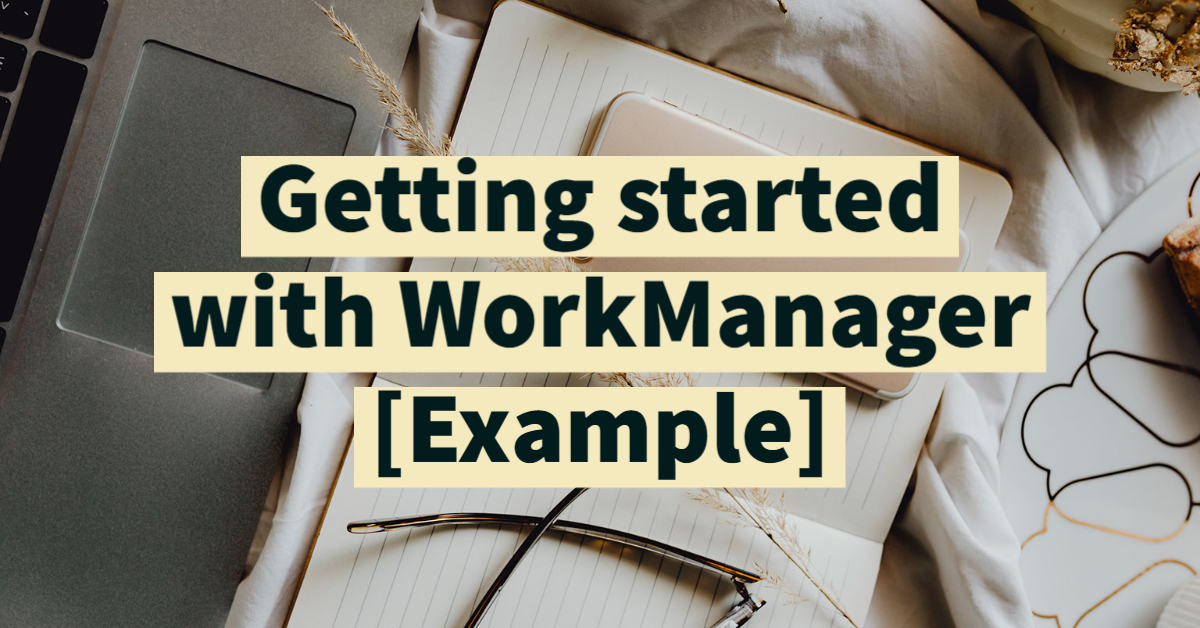
How to run task with work manager in android ?
WorkManager is an Android library that runs deferrable background work when the work’s constraints are satisfied.
-
![View Binding in Android Jetpack [Updated]](https://www.howtodoandroid.com/wp-content/uploads/2024/01/View-Binding-in-Android-Jetpack.png)
View Binding in Android Jetpack [Updated]
View binding is a feature that allows us to write code that interacts with views. In most cases, view binding replaces findViewById. It supports both Java…
-
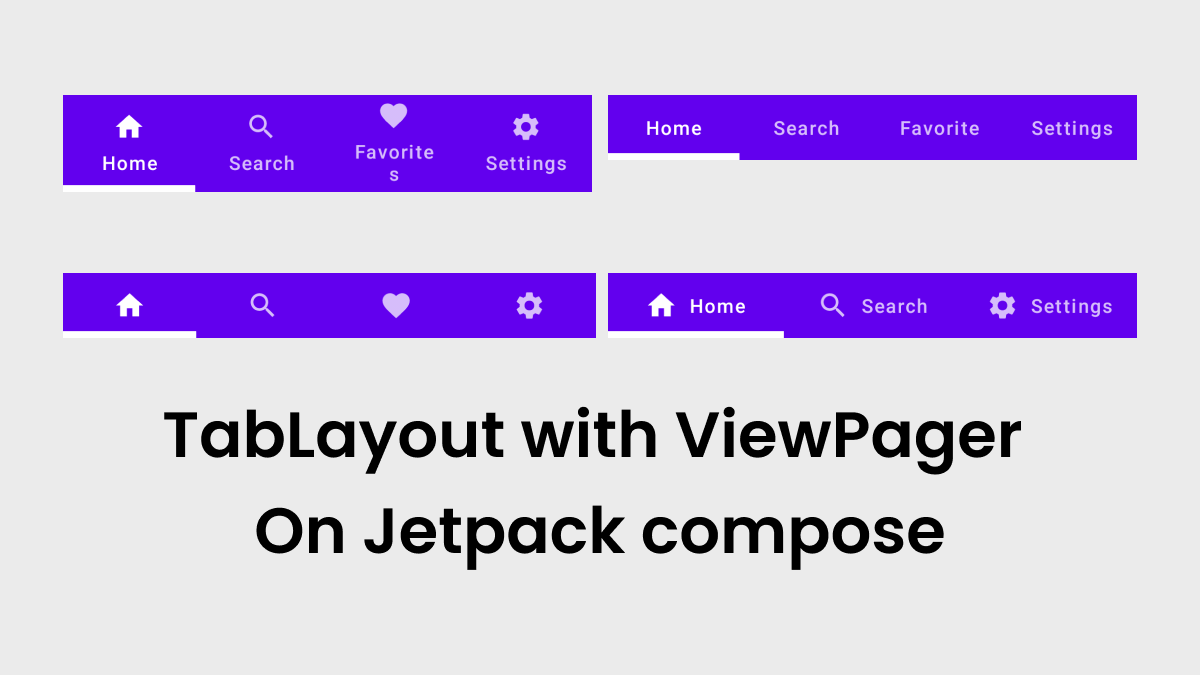
Implementing TabLayout with ViewPager On Jetpack compose
In this tutorial, I will explain how we can create a tab layout using Jetpack Compose. TabLayout allows us to quickly navigate between related content on…
-

Easy Guide To Setup Single Sign-On With AppAuth Android
Appauth Android is a client SDK for native apps to authenticate and authorize end-users using OAuth 2.0 and OpenID Connect. Available for iOS, macOS, Android, and…
-
![ShapeableImageView – Material components for android [Example]](https://www.howtodoandroid.com/wp-content/uploads/2024/01/Shapeable-Imageview-poster-rect.webp)
ShapeableImageView – Material components for android [Example]
Material Design 1.2.0 introduced ShapeableImageView which draws the image with the provided Shape in your imageview.
-
![Kotlin Scope Functions Explained [Example]](https://www.howtodoandroid.com/wp-content/uploads/2024/01/kotlin-scope-function.png)
Kotlin Scope Functions Explained [Example]
Kotlin “scope functions” are functions that allow for changing the scope, or the range, of a variable. There are five such functions included in the Kotlin…
-
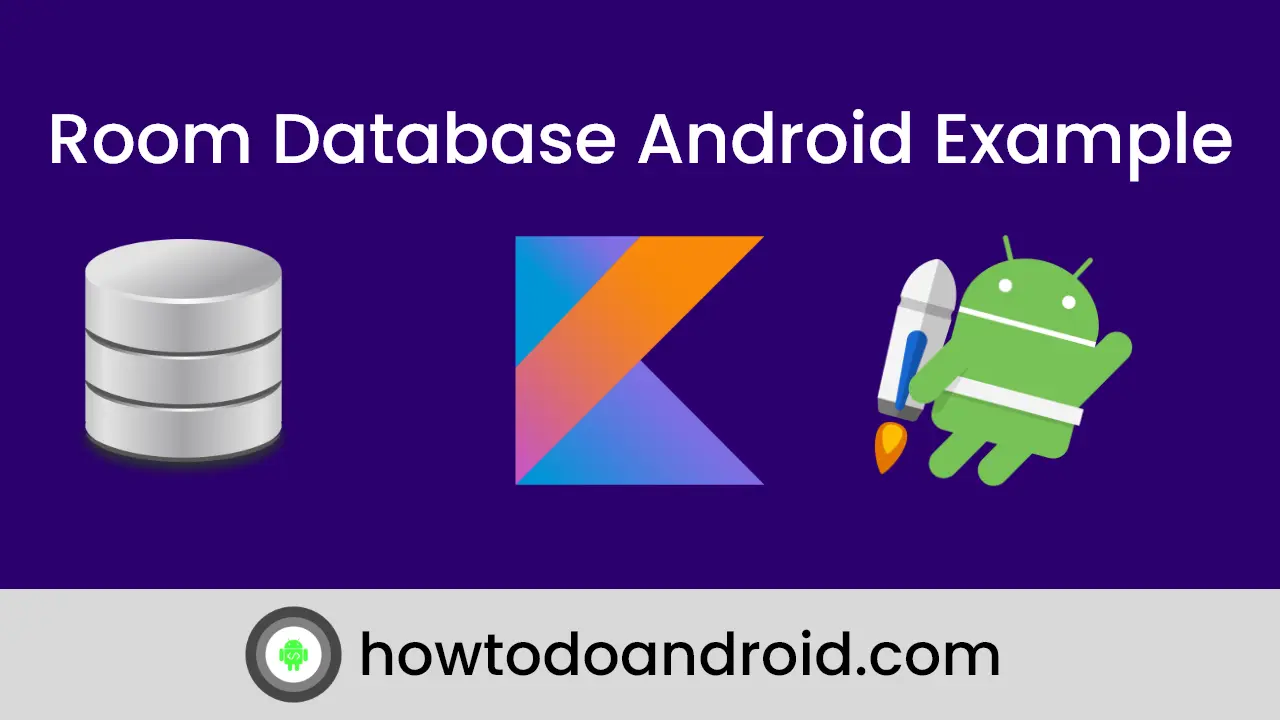
Easy Steps To Setup Room Database In Android
Room Database is a part of the Android Architecture components which provides an abstraction layer over SQLite which allows for more robust database access while still…
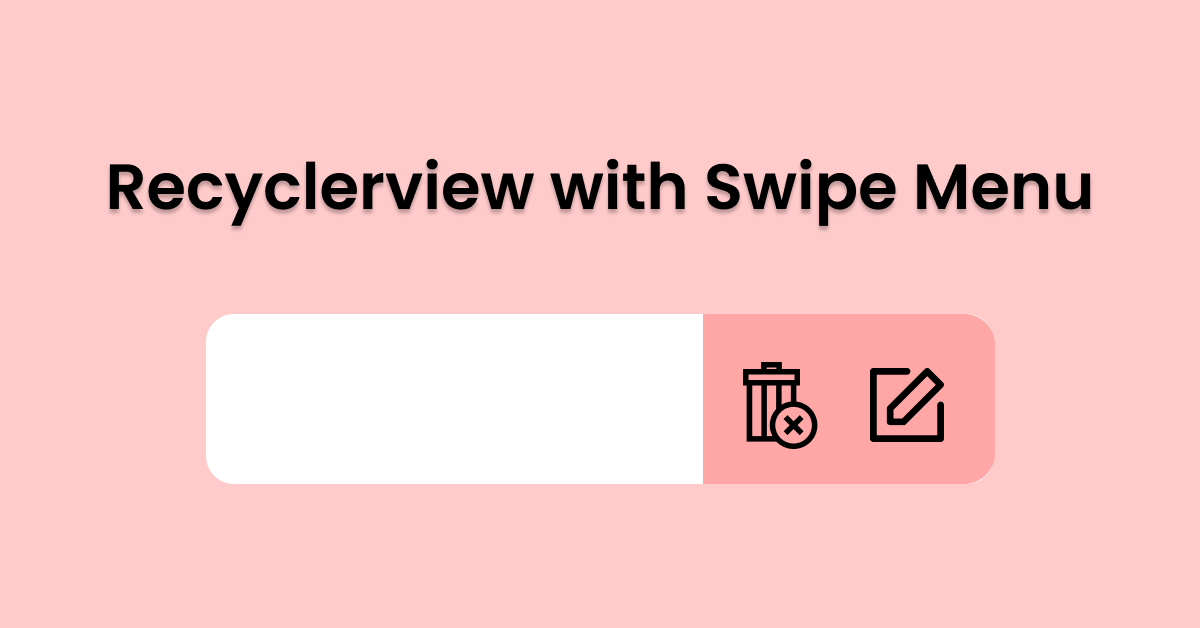
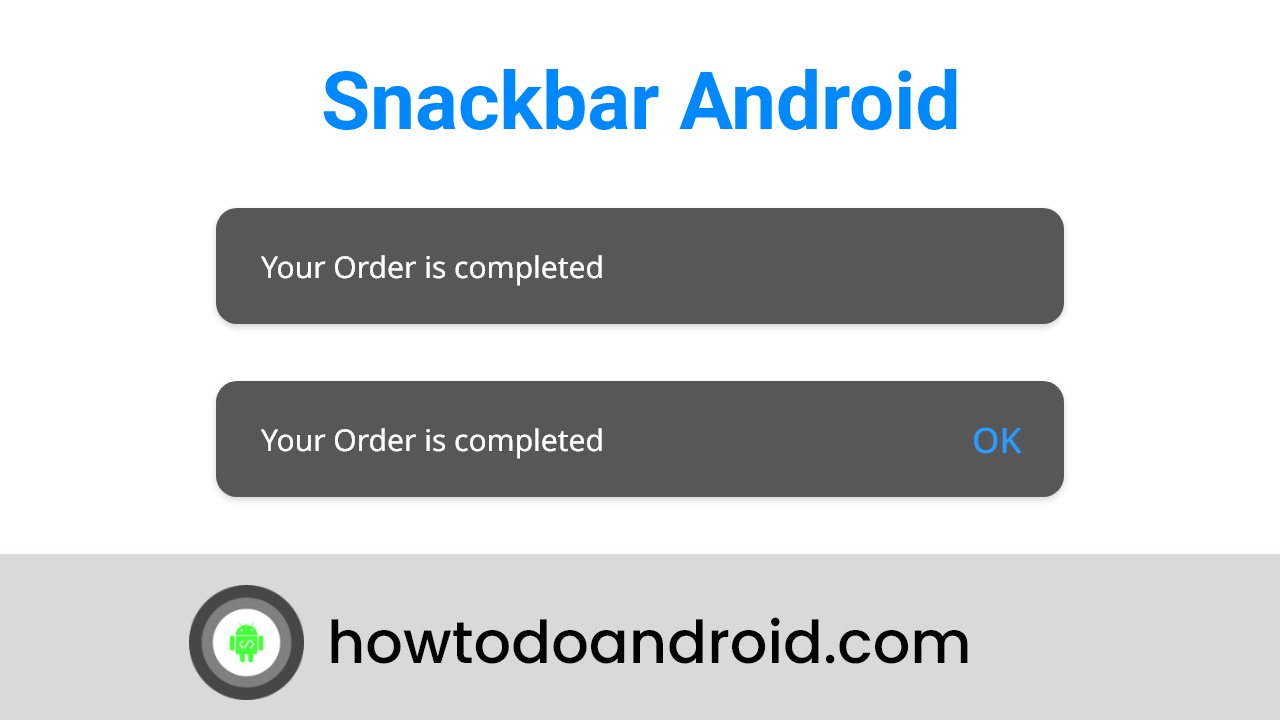
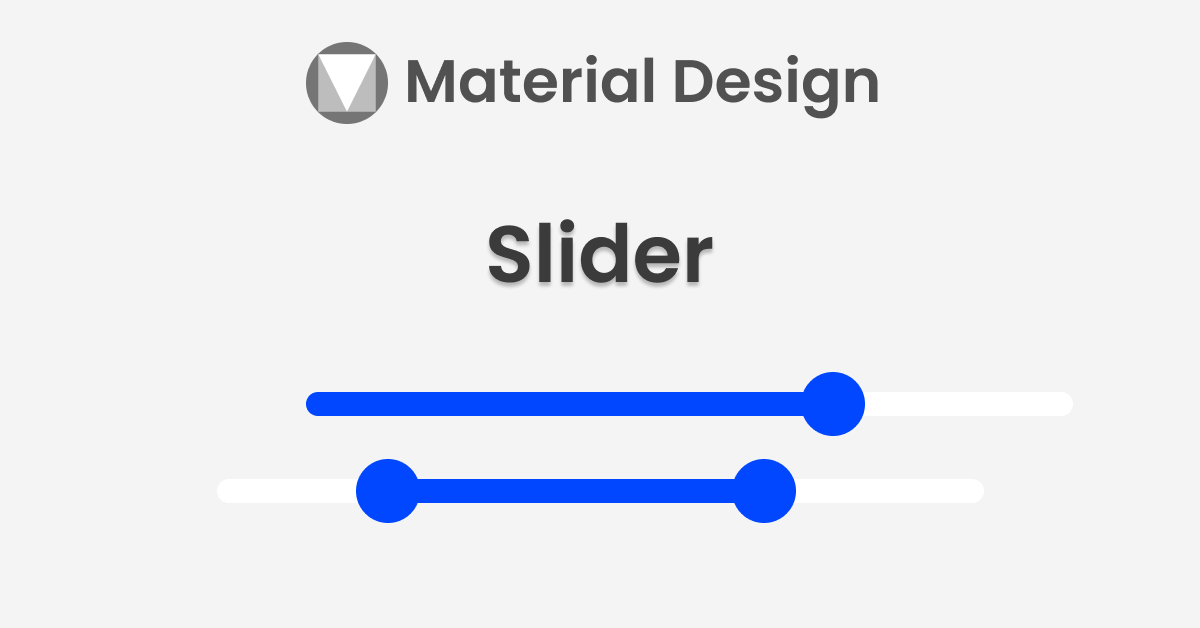
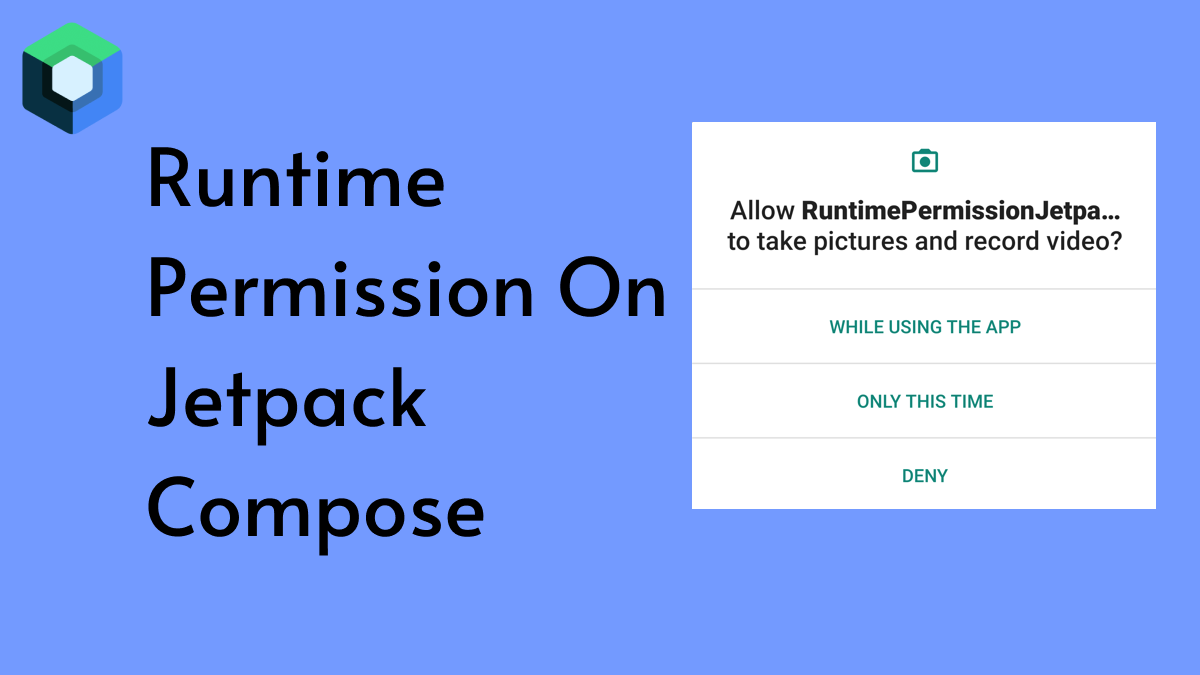
![Android Runtime Permissions[Updated with Android 11]](https://www.howtodoandroid.com/wp-content/uploads/2024/01/Android-Runtime-permission.webp)